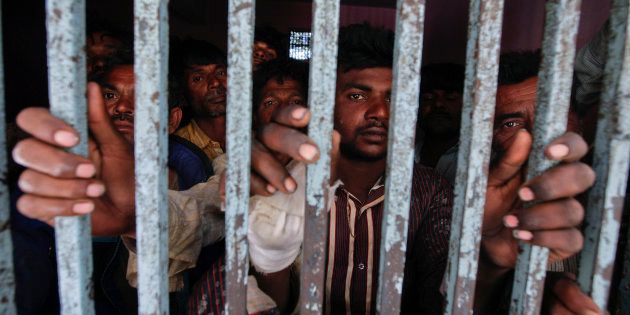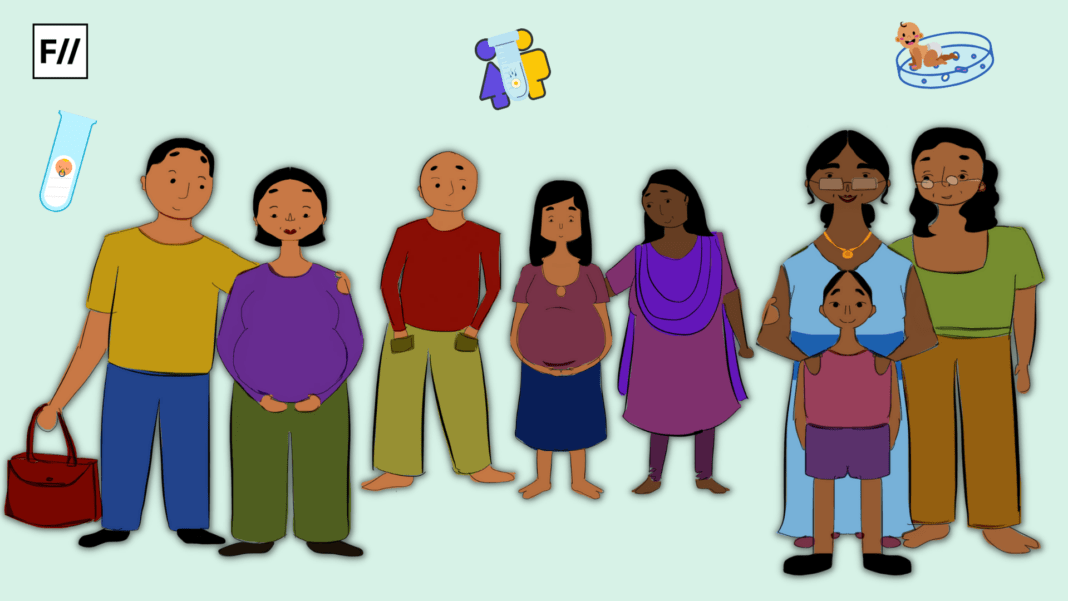In the light of the COVID 19 outbreak the Supreme Court took suo moto cognisance and asked state governments to constitute a committee to decide on prisoners to be released on parole to decongest the overcrowded prisons in India. This direction urges us to ponder upon the age-long question about whether prisons achieve their purpose and reflect upon the status of the same.
With the coronavirus pandemic, countries are freeing prisoners on paroles or interim bail. Countries like Iran have released approximately 80,000 prisoners. Similarly, prison visits have been cancelled in England. Yet, on the other hand, Saudi Arabia has put forth a punishment of imprisonment for the citizens not following the lockdown. In India, the aforementioned committee will work with the State Legal Service Authority of the respective state to decide upon the release of prisoners.
The Conditions of Prisons in India
Prisons, especially in India, are overcrowded spaces. Along with jails being overcapacity at 117.6% occupancy, all of them feature visitors and lawyers entering the premises with high frequency. Many times prisons are not hygienic, owing to space constraints and other factors, like lack of provision of basic sanitation and healthcare. Given these, they have a high propensity of becoming centres of community outbreaks.
With the coronavirus pandemic, countries are freeing prisoners on paroles or interim bail. Countries like Iran have released approximately 80,000 prisoners. Similarly, prison visits have been cancelled in England. Yet, on the other hand, Saudi Arabia has put forth a punishment of imprisonment for the citizens not following the lockdown.
An undertrial is an individual whose trial has not yet been completed, in other words, someone who hasn’t been proven guilty as yet. Undertrials are a product of a burdened and slow Judiciary, problematic record keeping, and socio-cultural issues. In the 2018 Prison Statistics Report by the National Crime Records Bureau (NCRB), it was reported that 69.42% of prisoners are undertrials who have not been proven guilty yet.
A provision for the release of undertrials already does exist in law, Section 436A of the Code of Criminal Procedure allows for undertrials to be released on personal bonds and bail if they have undergone half of the maximum term of punishment that they would have received if they had been convicted. Additionally, the Law Commission of India recommended, undertrials having completed a third of their maximum sentence (of offences attracting up to seven years of imprisonment or less than seven years) be released on bail. Yet, a study by Amnesty found that officials were unaware of the section and sometimes unwilling to apply it. The same is reflected in the fact that in the year 2016, 1,557 were eligible for release but only 929 were finally released.
Hence, the prisons of India house (as of 2018) 4,66,084 inmates. The conditions of these prisons are less than ideal. In light of the issues surrounding hygiene, the prison environment can serve as a ‘hot-spot’ for infectious disease transmission. Prisoners are at high risk for sexually transmitted diseases and tuberculosis. A prison in Byculla, Mumbai saw 81 women inmates hospitalized due to food poisoning due to lack of sanitation. 6,623 prisoners were suffering from mental illness in 2018. Prisons also see high suicide rates, among 149 unnatural deaths in 2018, 129 inmates committed suicide.
Casteism
The composition of Jails is something that cannot be ignored while assessing the justice and prison system of India. According to the NCRB’s report, nearly 2/3rd of the inmates are Dalits, Tribal, and belong to Other Backward Classes. Muslims constitute 19% of the prisoners. These numbers are disproportionately high when viewed in the light of the general composition of the Indian Population. Interestingly though, the conviction rate is less than half, which puts forth the idea of whether there is a certain over-criminalisation of certain identities. Additionally, one cannot ignore the fact that the Judiciary is heavily Brahmanical in nature, with the Panel of judges at the Supreme Court as the biggest example.
Prison spaces are also blatantly casteist. According to a report by Times of India on the Central Prison in Palayamkottai, Tamil Nadu, prison officials for over a decade have been segregating prisoners according to their castes. Housing the Thevars, Nadars, and Dalits in different blocks in the prison complex. According to former inmates, despite warnings by senior prison officials, the wardens would refer to the prisoners by their caste identities.
According to the NCRB’s report, nearly 2/3rd of the inmates are Dalits, Tribal, and belong to Other Backward Classes. Muslims constitute 19% of the prisoners. These numbers are disproportionately high when viewed in the light of the general composition of the Indian Population.
Classism
Most prisoners are also from economically weaker backgrounds. Jails are no exception to the power dynamics that flourish in society. From being able to swiftly afford and avail bail to legitimate preferential treatment inside the prison, richer inmates can manoeuvre their way through jail systems with ease. The Law Commission highlighted how the influential and powerful can obtain bail easily and on the other hand, the poor masses or the common people languish in prisons.
Similarly in the landmark judgement of Hussainara Khatoon v. State of Bihar, Justice P.N. Bhagwati quoted Leeman Abbot, “the rich can enjoy law as a doubtful luxury” and observed that, “The poor in their contact with the legal system have always been on the wrong side of the law.”
Sexism
In the way that socio-economic identities impact how one experiences prison, women face a patriarchal jail system. Lack of hygiene leads to multiple issues, most of the prisons are not in line with the guidelines regarding washrooms and sanitation. Hence, the lapse in the provision of water and menstrual hygiene products poses great health issues for women in prison.
Physical and sexual violence inflicted by prison officials as well as fellow inmates is another major problem. For instance, in Mumbai, Manjula Shetye, a woman prisoner was sexually and physically assaulted by prison staffers. Often incidents are not reported given the fact that the victims have to share the jails spaces with their assaulters. Children up to age six are allowed to live with their mothers in prisons in case there are no arrangements for their care. As per a report, adequate facilities are not present in every prison in terms of nutrition or biologically and psychologically conducive environments for children.
Also read: Patriarchy And The Indian Jails: The Plight Of Female Prisoners In India
The Indian Justice System functions on various theories of penology or punishment. Let us take the deterrent theory and rehabilitative theory while we view the role of prisons in the larger system of justice. The deterrent theory attempts to discourage prospective criminals and to ensure that the convict does not continue committing crimes. The rehabilitative or reformative theory tries to put forth corrective measures and rehabilitate the individual back into society.
Physical and sexual violence inflicted by prison officials as well as fellow inmates is another major problem. For instance, in Mumbai, Manjula Shetye, a woman prisoner was sexually and physically assaulted by prison staffers. Often incidents are not reported given the fact that the victims have to share the jails spaces with their assaulters.
As established, given the casteist, classist, and sexist nature of prisons, inmates are more often than not people stuck in the web of the system due to socio-cultural-economic identities. Their place in society makes it tough for them to defend themselves legally and financially. Although Legal Aid systems attempt at helping them out, the ground reality proves to be far from ideal. Apart from this, administrative or preventive detention is used by authorities to detain individuals without having to deal with due process of law: with 2,384 detenues in prison in 2018.
According to NCRB’s report a total of 2,250 convicted inmates were rehabilitated during 2018, along with approximately 1 lakh inmates benefiting from various levels of education. Although these numbers might seem good, our prisons currently do not give due focus to correctional or vocational training.
As prisons function as places to keep ‘anti-social’ elements out of society, one wonders since 69% inmates are currently under trial, whether the claim is true at all. Especially in the light of the fact that the Supreme Court has allowed for parolees, albeit in an exceptional circumstance, to be let out back into society for a time period.
It leaves us to question, who are our prisoners and who are we deterring or reforming.
Featured Image Source: Reuters




